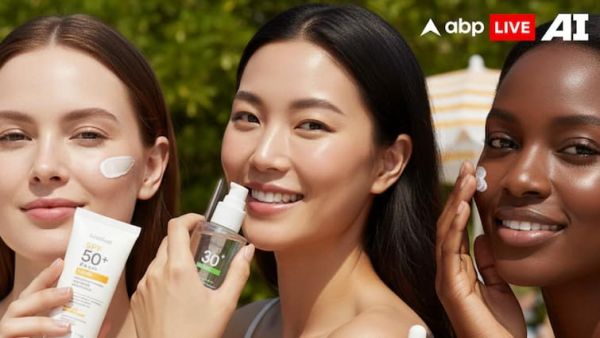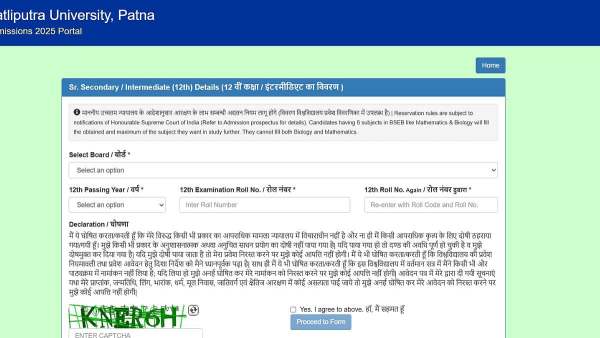
{By: Dr. Himanshu Kumar}
Sunscreen is often considered a dermatologist’s favourite muse. It also happens to be one of the most common questions dermatologists get asked, by family, friends, patients, and sometimes even complete strangers.
Interestingly, during dermatology training, sunscreen barely features in textbooks; it does not even have a dedicated chapter. To be fair, it probably doesn’t deserve one either. And yet, it is the question that follows dermatologists throughout their careers: “Doc, which sunscreen should I use?”
Understanding Sunscreen Types And Ratings
Sunscreens generally come in two types: physical (mineral) and chemical. Physical sunscreens contain ingredients like zinc oxide or titanium dioxide that sit on the skin’s surface and reflect UV rays—think of them as tiny mirrors. Chemical sunscreens, on the other hand, absorb UV rays and convert them into heat, which then dissipates. For people with sensitive or oily skin, or conditions like rosacea, physical sunscreens are often better tolerated. Another advantage is that physical sunscreens start working immediately, no need to wait 20 minutes before stepping outside.
Choosing the right sunscreen isn’t just about picking the fanciest bottle off the shelf; it is more like matchmaking. A person’s skin tone, the climate of their city, and their daily lifestyle all play a role in finding the perfect partner.
Before diving into skin tones and climates, some jargon needs decoding. SPF, or Sun Protection Factor, indicates how much protection a sunscreen offers against UVB rays—the ones responsible for burning and skin cancer. The PA rating (usually followed by plus signs: PA+, PA++, PA+++, etc.) shows protection against UVA rays—the silent operators that age the skin. To simplify: SPF prevents sunburn, PA prevents wrinkles. Most dermatologists in India recommend at least SPF 30 with PA+++ for daily use.
Matching Sunscreen With Skin Tone
Skin tone is an important factor. India’s spectrum ranges from fair to deep brown, and sunscreen has to keep pace. Fair skin is especially sensitive and benefits from a higher SPF, such as 50 or above. Medium or olive skin tones—which many Indians fall into—can comfortably use SPF 30 to 50. Darker skin tones should not skip sunscreen either. While melanin provides some natural defense, it cannot fully protect against sun damage or pigmentation. Clear or gel formulas with SPF 30 to 40 work best for avoiding a visible white cast.
Choosing Sunscreen For Different Climates
Weather also plays a key role. In the North-East and the South, where humidity is ever-present, gel-based, mattifying sunscreens perform best. In dry regions such as Delhi, Rajasthan, and surrounding areas, creams with hydrating ingredients help prevent flakiness. For those in the mountains, stronger UV rays at higher altitudes mean SPF 50 or higher is essential.
In the end, whether fair or dark, humid or dry, plains or mountains—the key is to find a sunscreen soulmate, apply it generously, and reapply it like clockwork.
The author, Dr. Himanshu Kumar, is the Head Dermatologist, at Formulo.
[Disclaimer: The information provided in the article, including treatment suggestions shared by doctors, is intended for general informational purposes only. It is not a substitute for professional medical advice, diagnosis, or treatment. Always seek the advice of your physician or other qualified healthcare provider with any questions you may have regarding a medical condition.]
-
India vs Bangladesh: Top 5 Moments That Triggered Controversy

-
Chaos In Odisha Assembly As BJD MLAs Protest ‘Empowering’ Of BDOs; House Adjourned Till 4 PM

-
'Will Do What's Best': Sourav Ganguly On Re-Election As President Of Cricket Association Of Bengal

-
Top AI Tools Founded By Indians In 2025 | Global Impact & Use Cases

-
PPU UG Admission 2025: Registration Process Starts; Here's How To Apply
